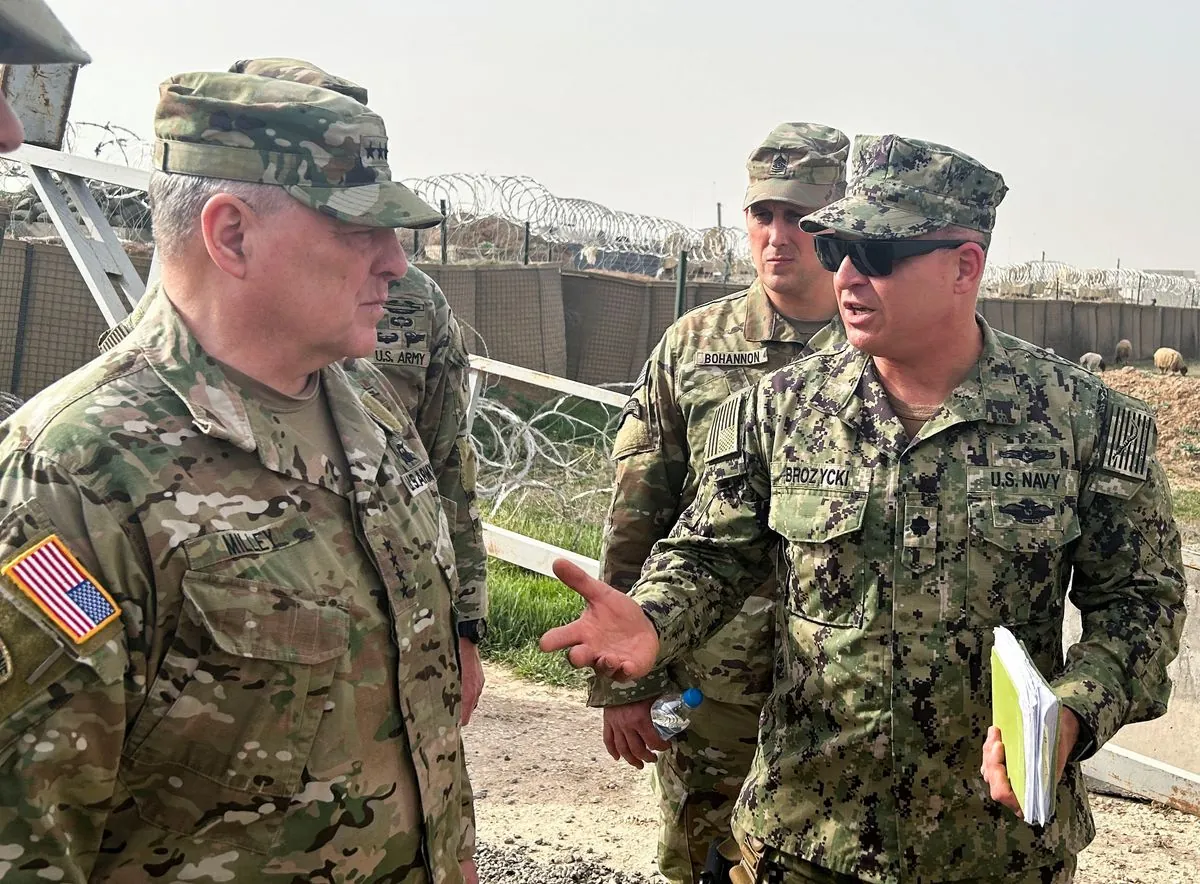The U.S. Department of Defense has disclosed that eight American service members were injured in a drone assault on a military installation in Syria. The incident, which occurred on August 8, 2024, at the Rumalyn Landing Zone, marks a significant event in the ongoing U.S. military presence in the region.
Air Force Major General Patrick Ryder, speaking on behalf of the Pentagon, provided details about the casualties. Three of the affected personnel have already resumed their duties, while the others are receiving treatment for traumatic brain injury and smoke inhalation. These injuries highlight the evolving nature of modern warfare and the risks faced by troops in conflict zones.
The U.S. military has maintained a presence in Syria since 2014, with approximately 900 troops currently stationed there. An additional 2,500 personnel are deployed in neighboring Iraq. Their primary mission is to advise and assist local forces in preventing a resurgence of the Islamic State (IS), which reached its territorial peak a decade ago.
The Pentagon suspects that Iran-backed forces were responsible for the attack, although the specific group has not yet been identified. This incident underscores the complex geopolitical landscape in the Middle East, where various state and non-state actors vie for influence.
"We are working to determine which specific Iran-backed group carried out this attack on our forces."
The Rumalyn Landing Zone, located in northeastern Syria near the Iraqi border, serves as a base for U.S. and coalition troops. This multinational presence reflects the ongoing international effort to maintain stability in the region and counter terrorist threats.
The use of drones in warfare has increased significantly since the early 2000s, presenting new challenges for military installations worldwide. This attack demonstrates the evolving tactics employed by adversaries and the need for enhanced defensive measures.
As the U.S. continues its "advise and assist" role in Syria and Iraq, incidents like this highlight the persistent risks faced by American troops, even in non-combat roles. The situation remains fluid, with ongoing efforts to identify the perpetrators and prevent future attacks on coalition forces in the region.
